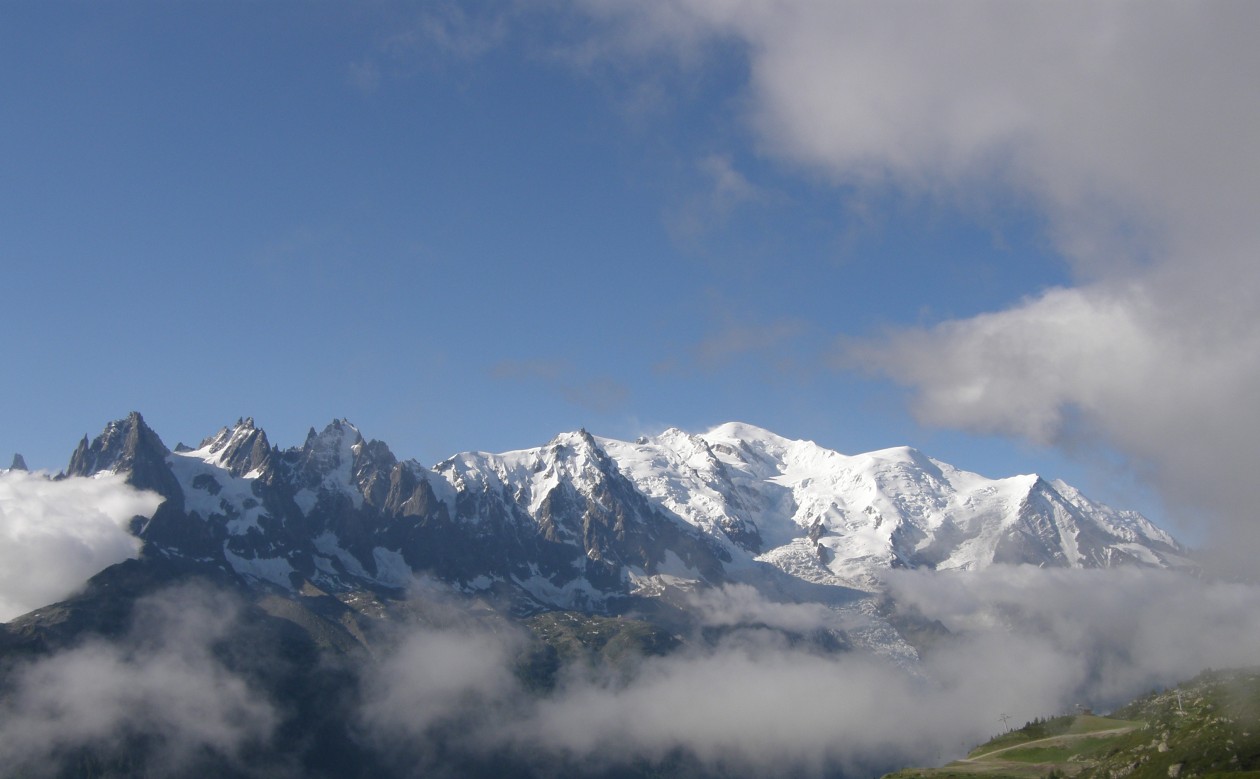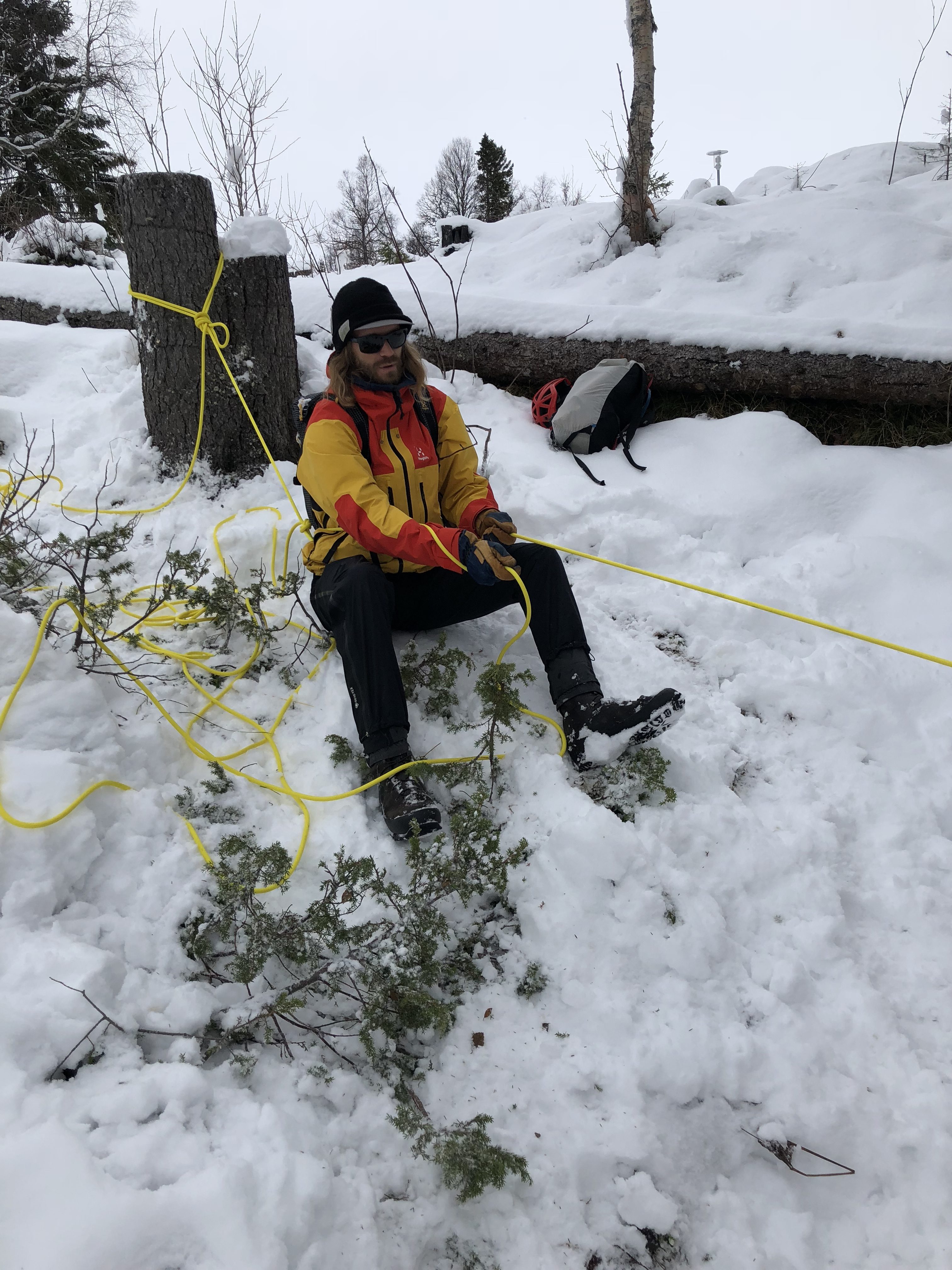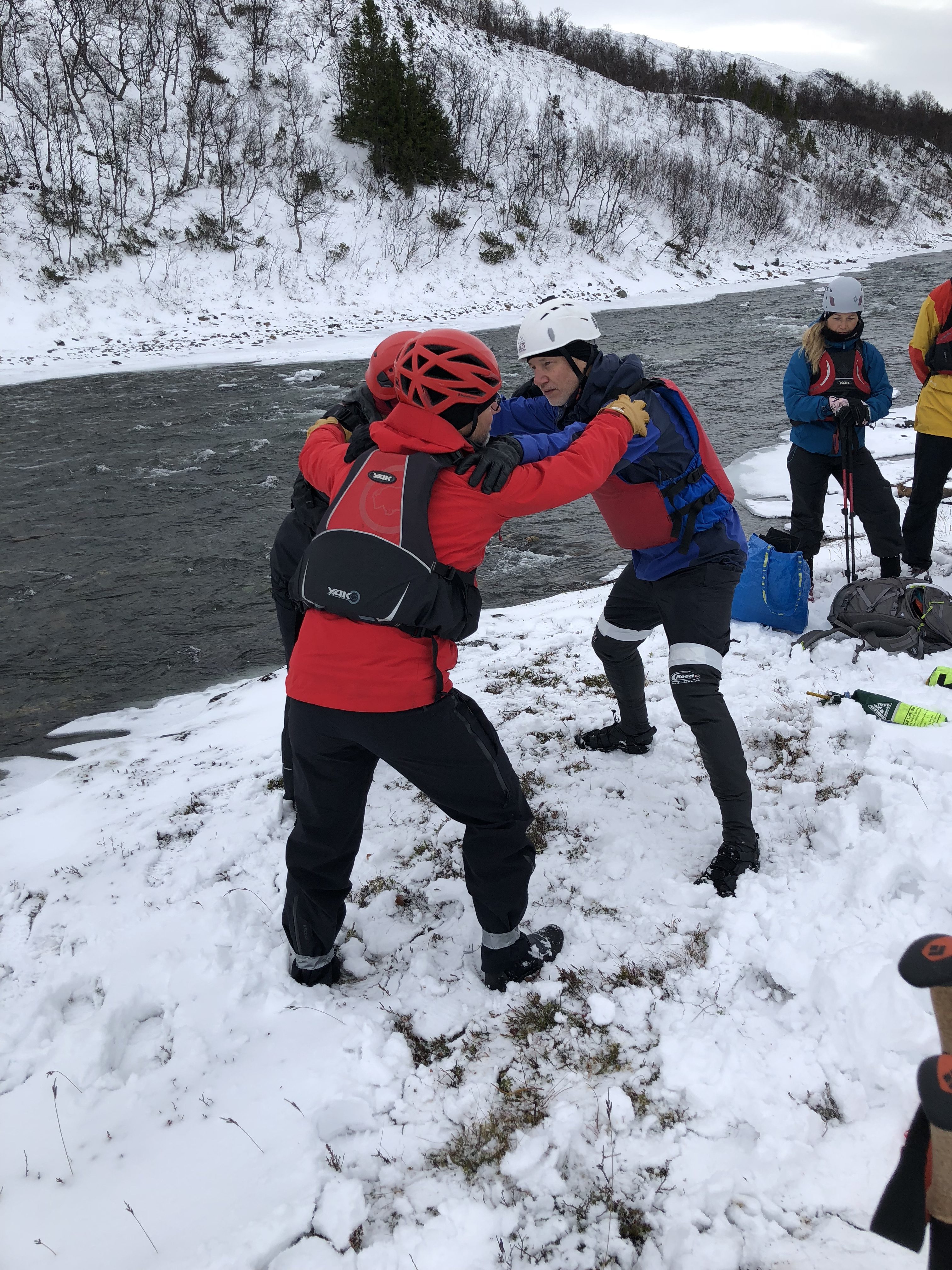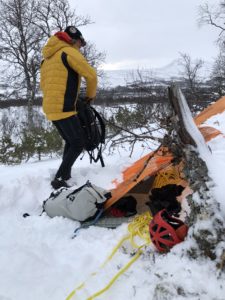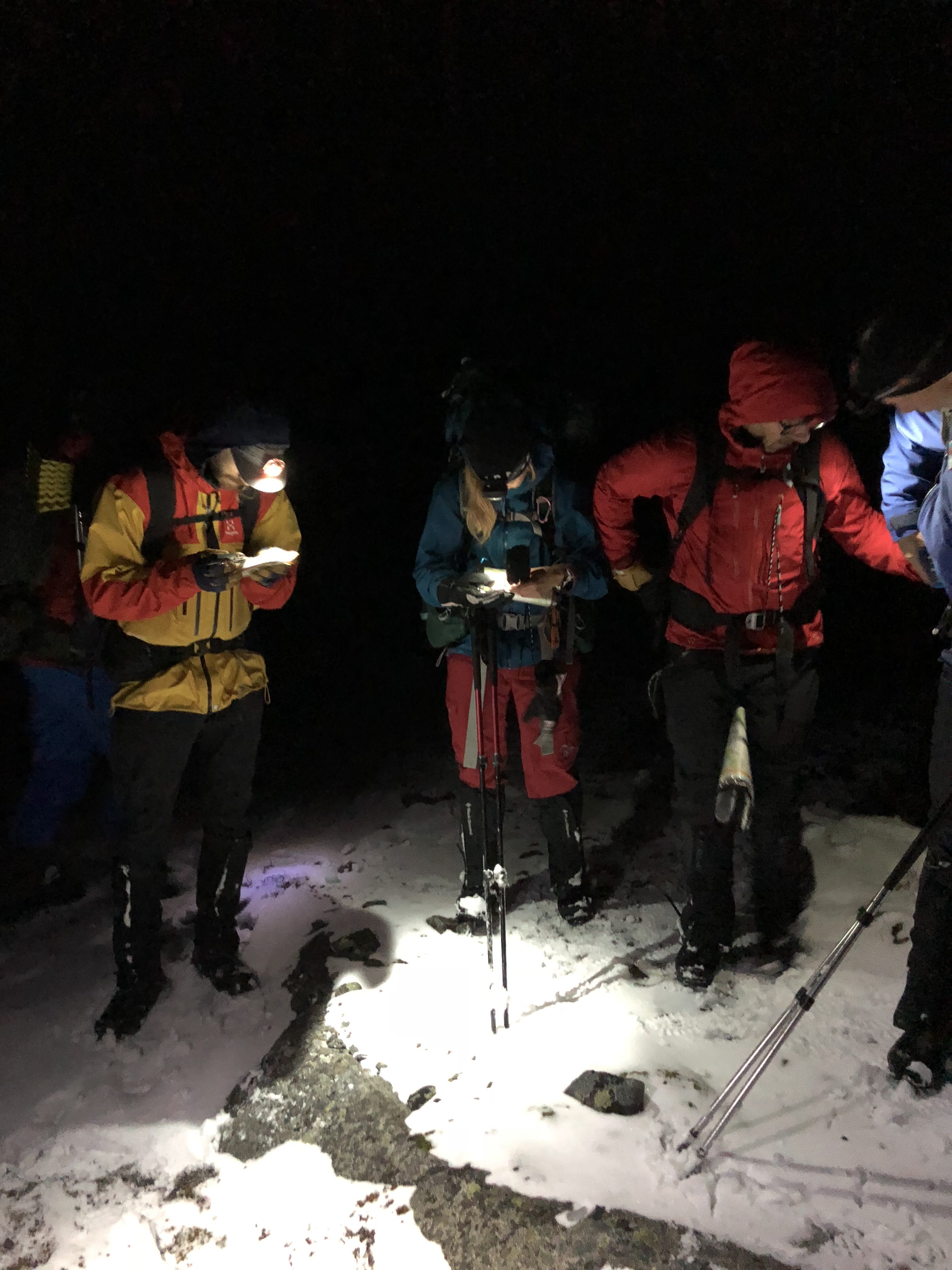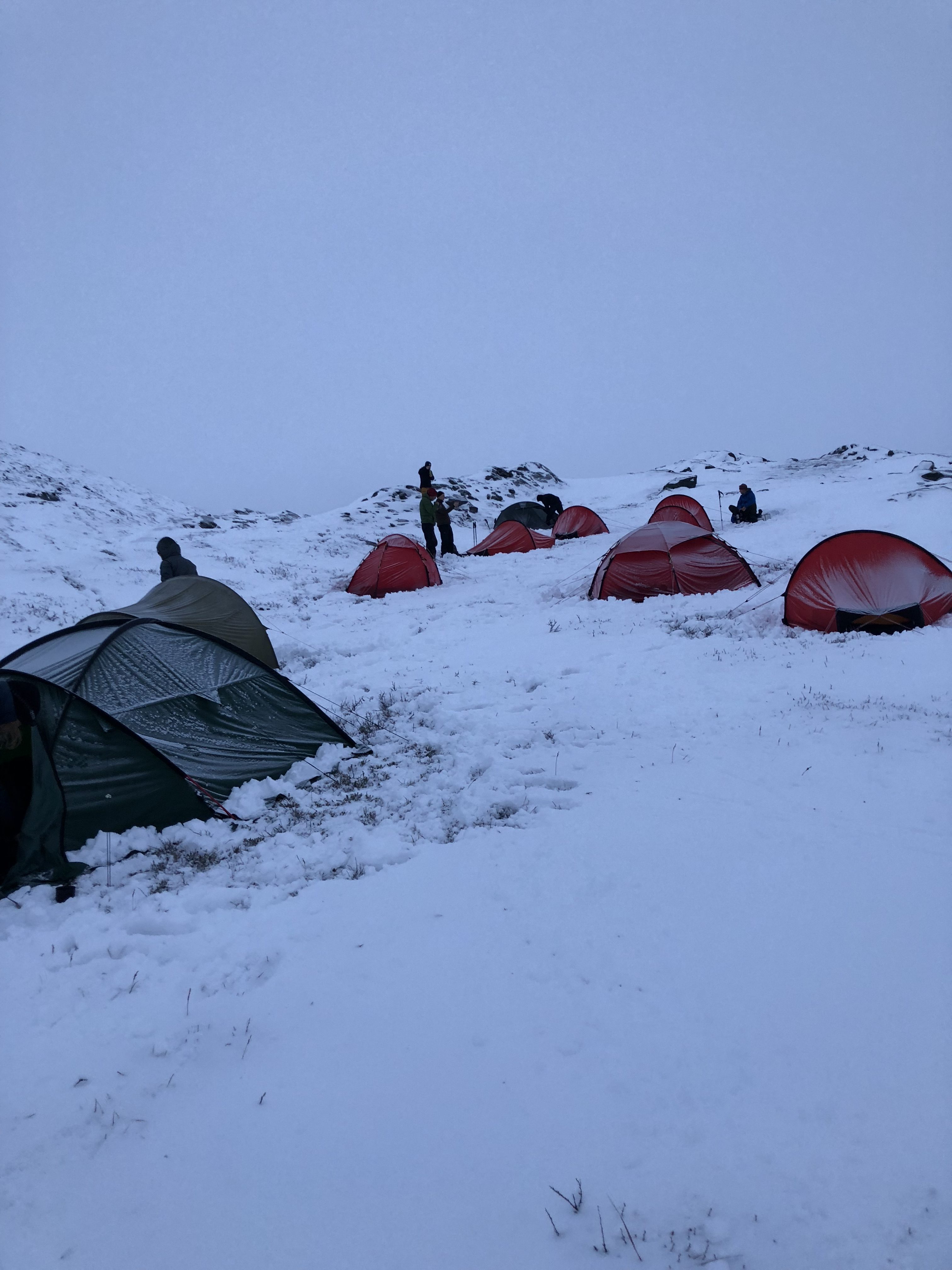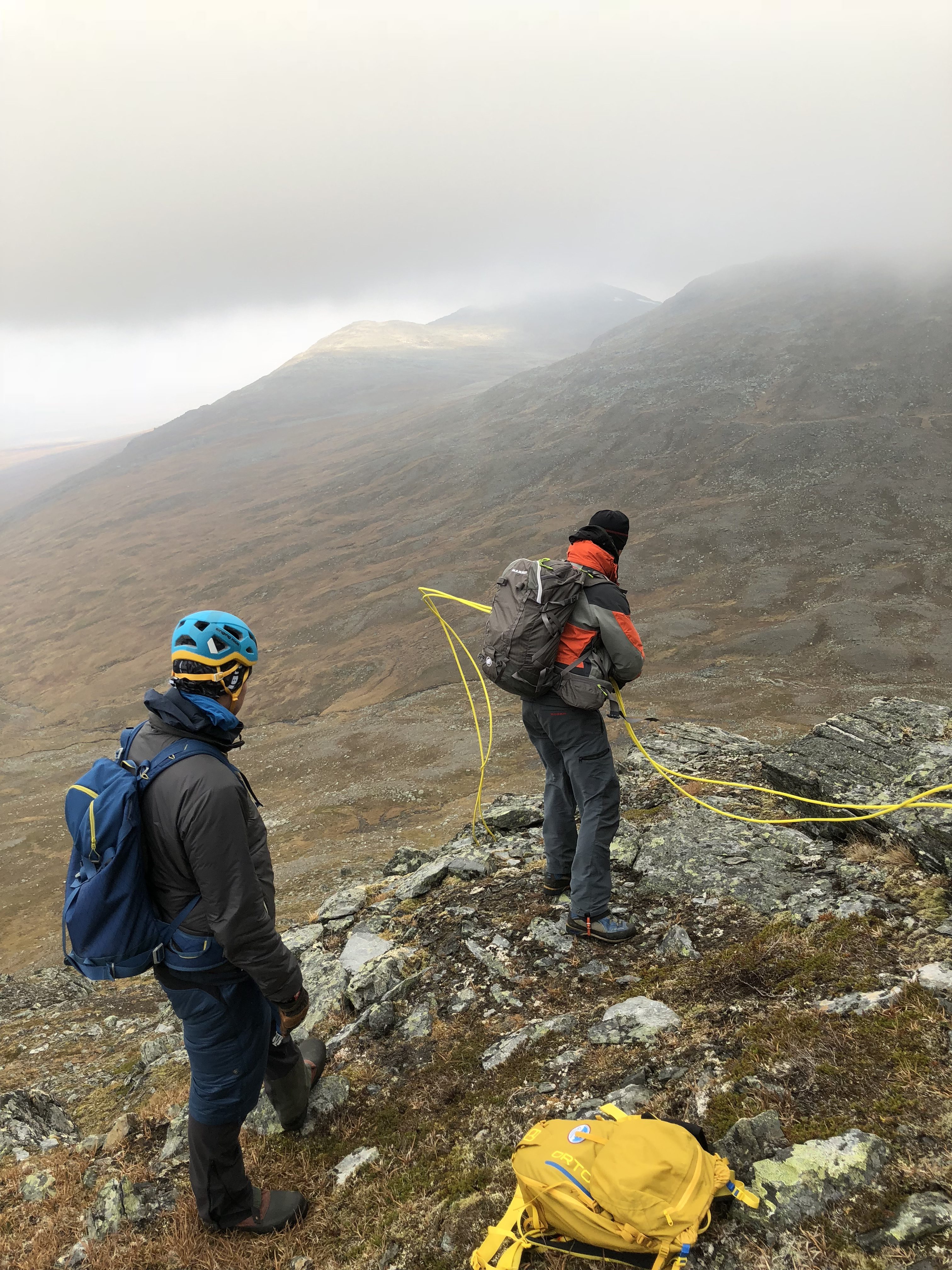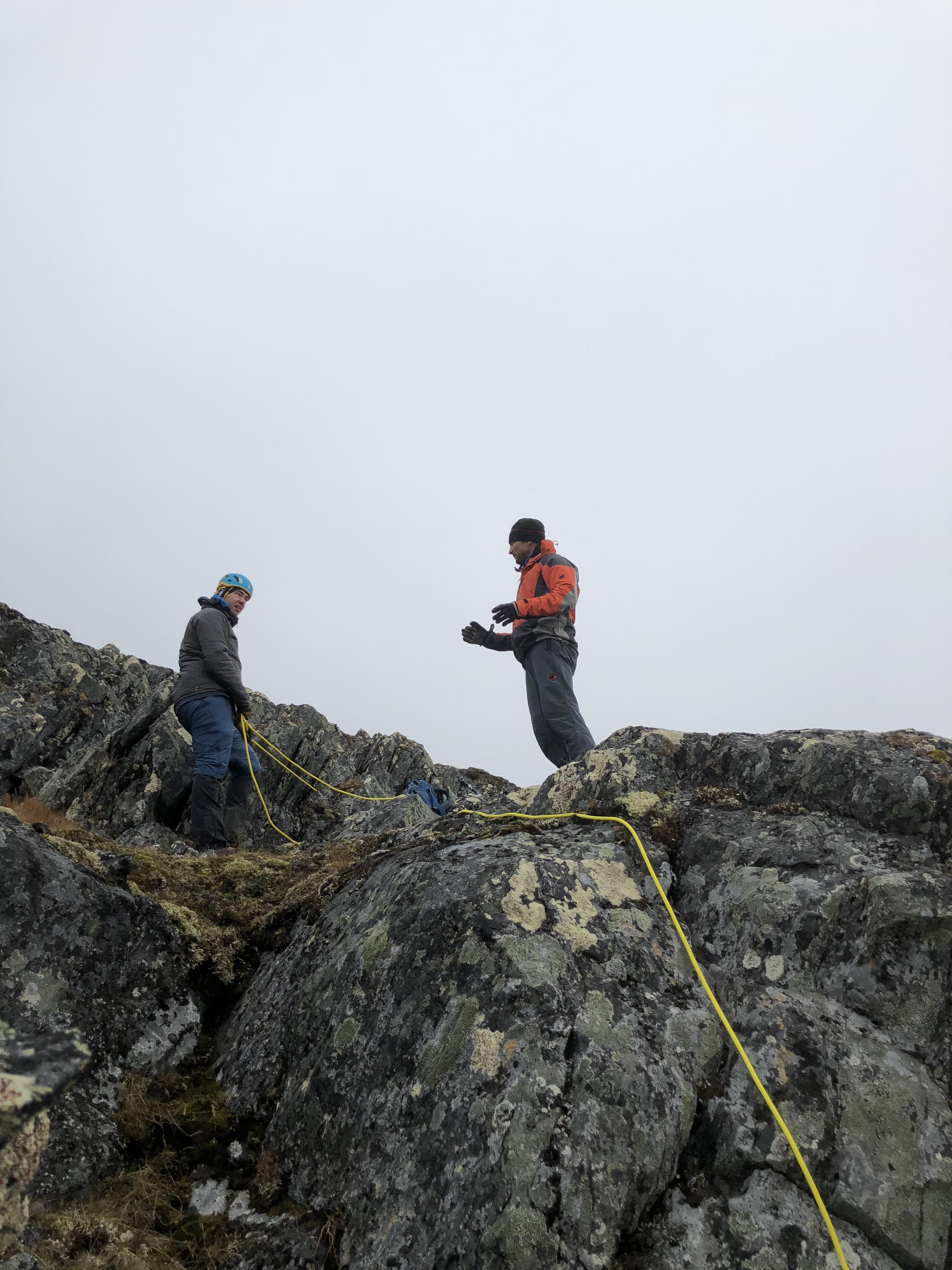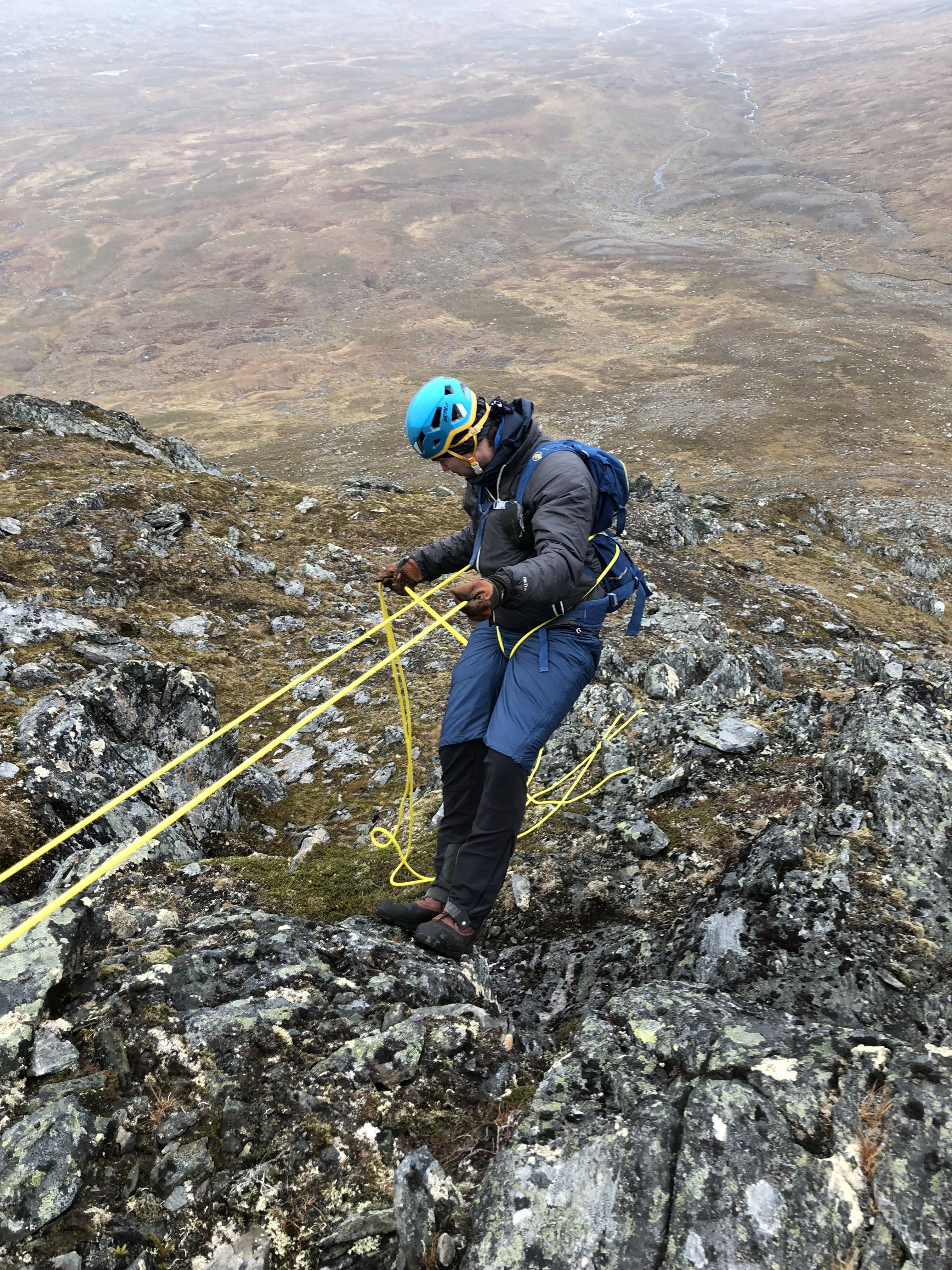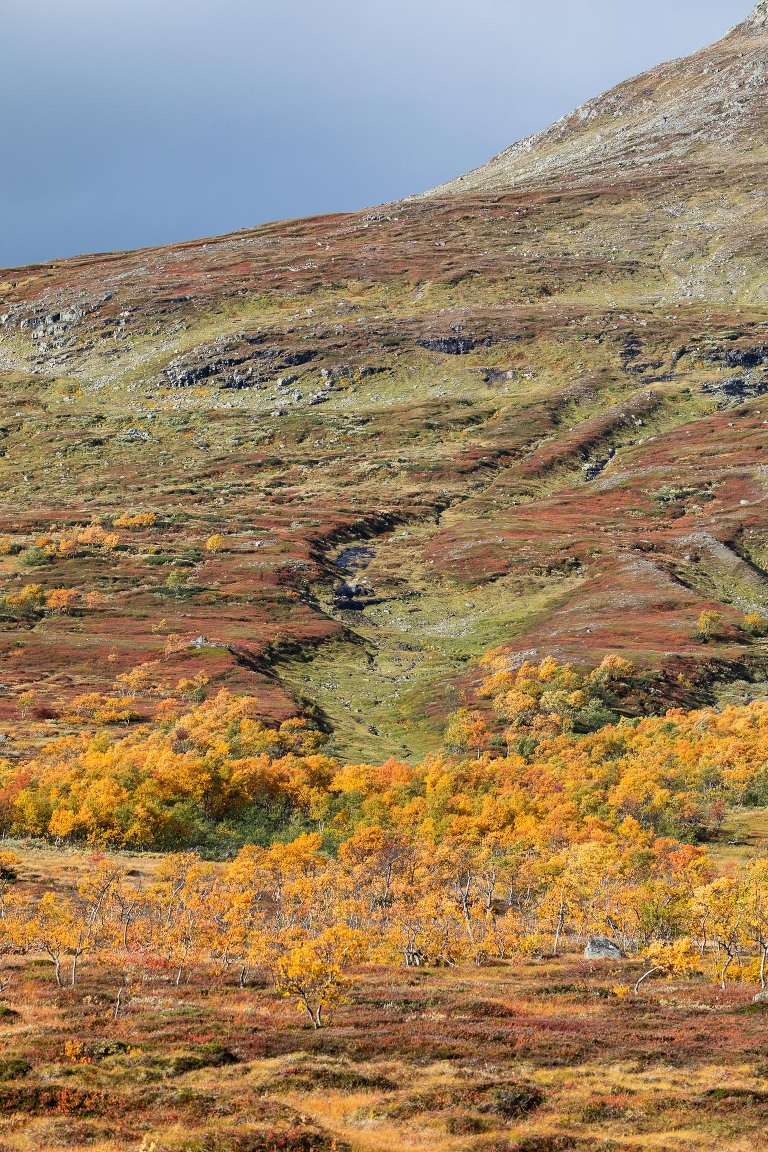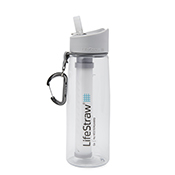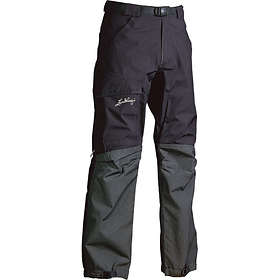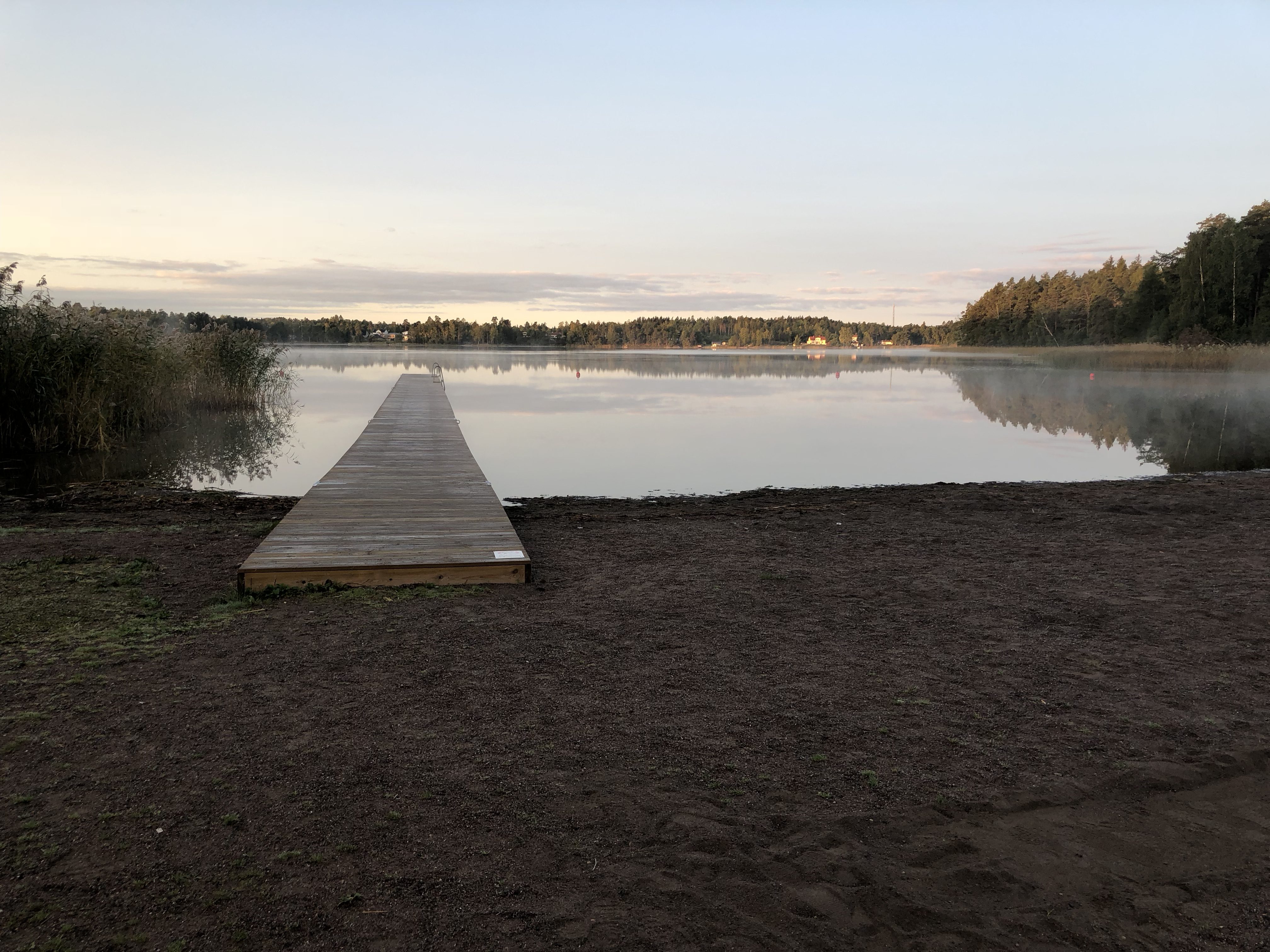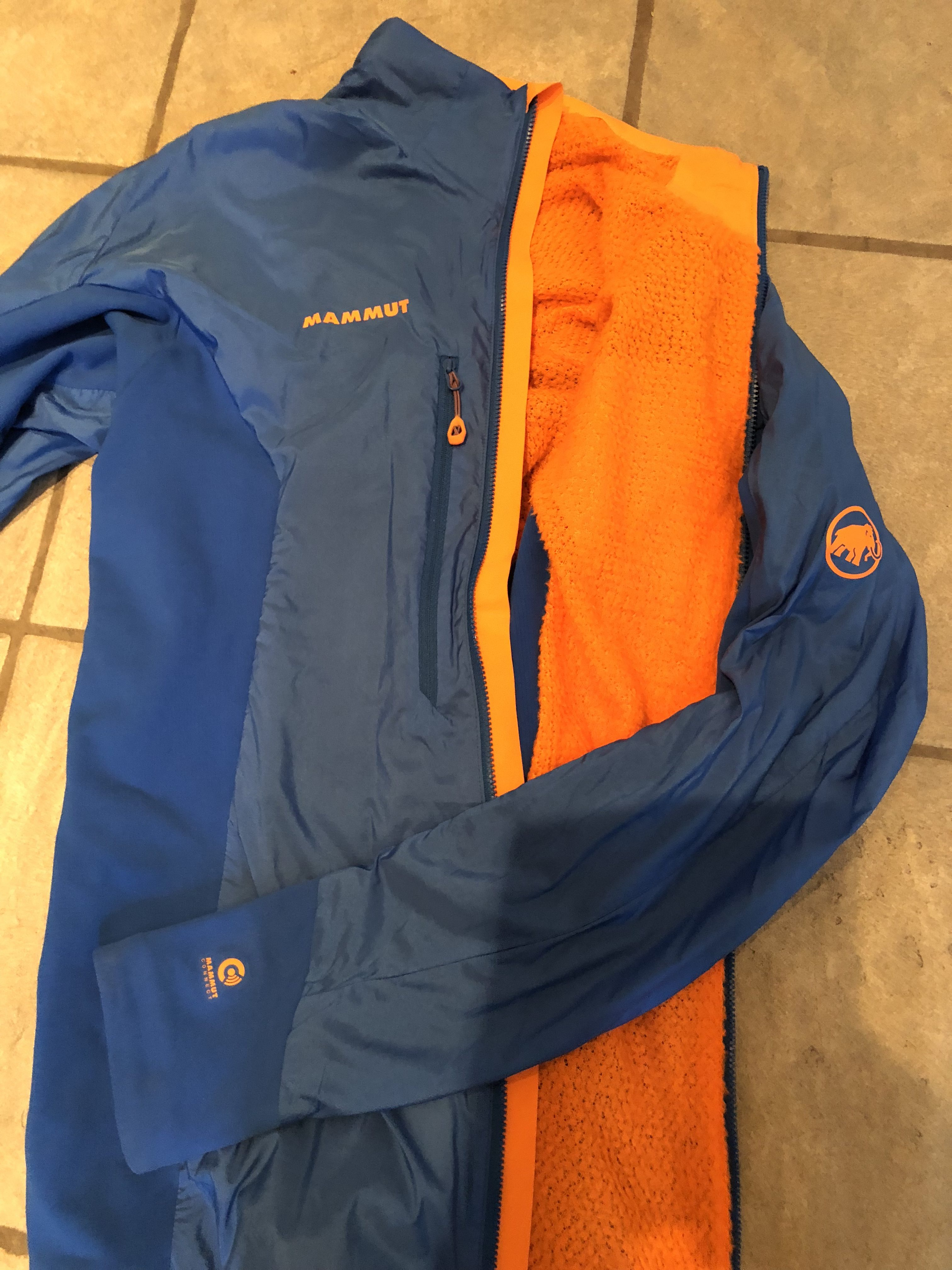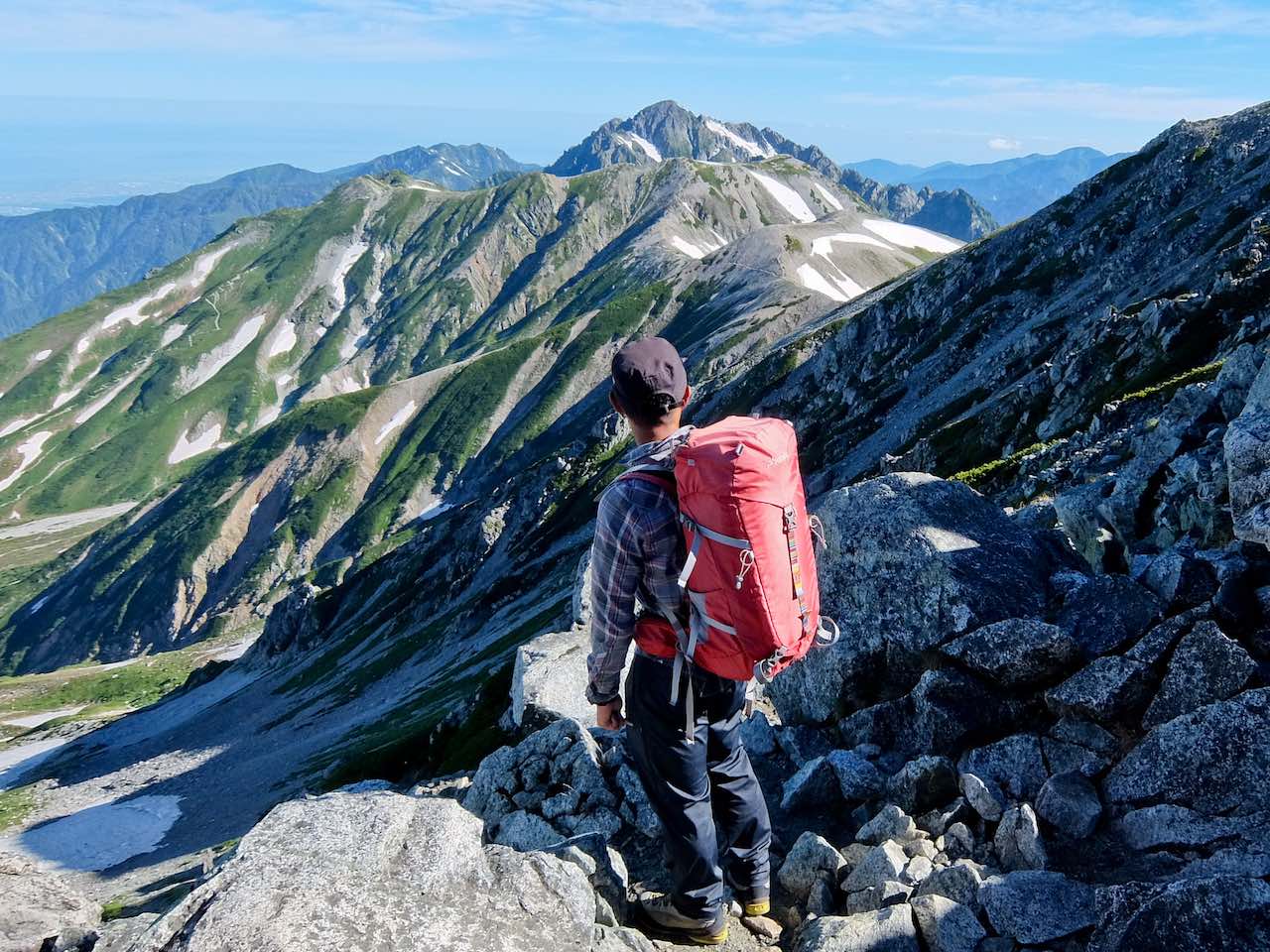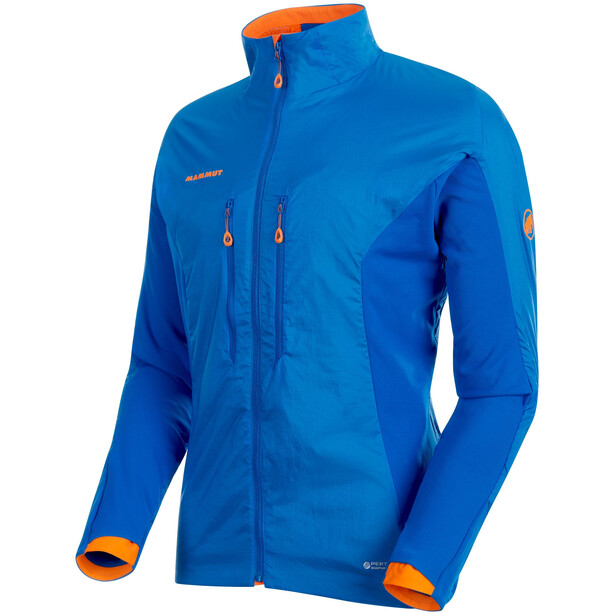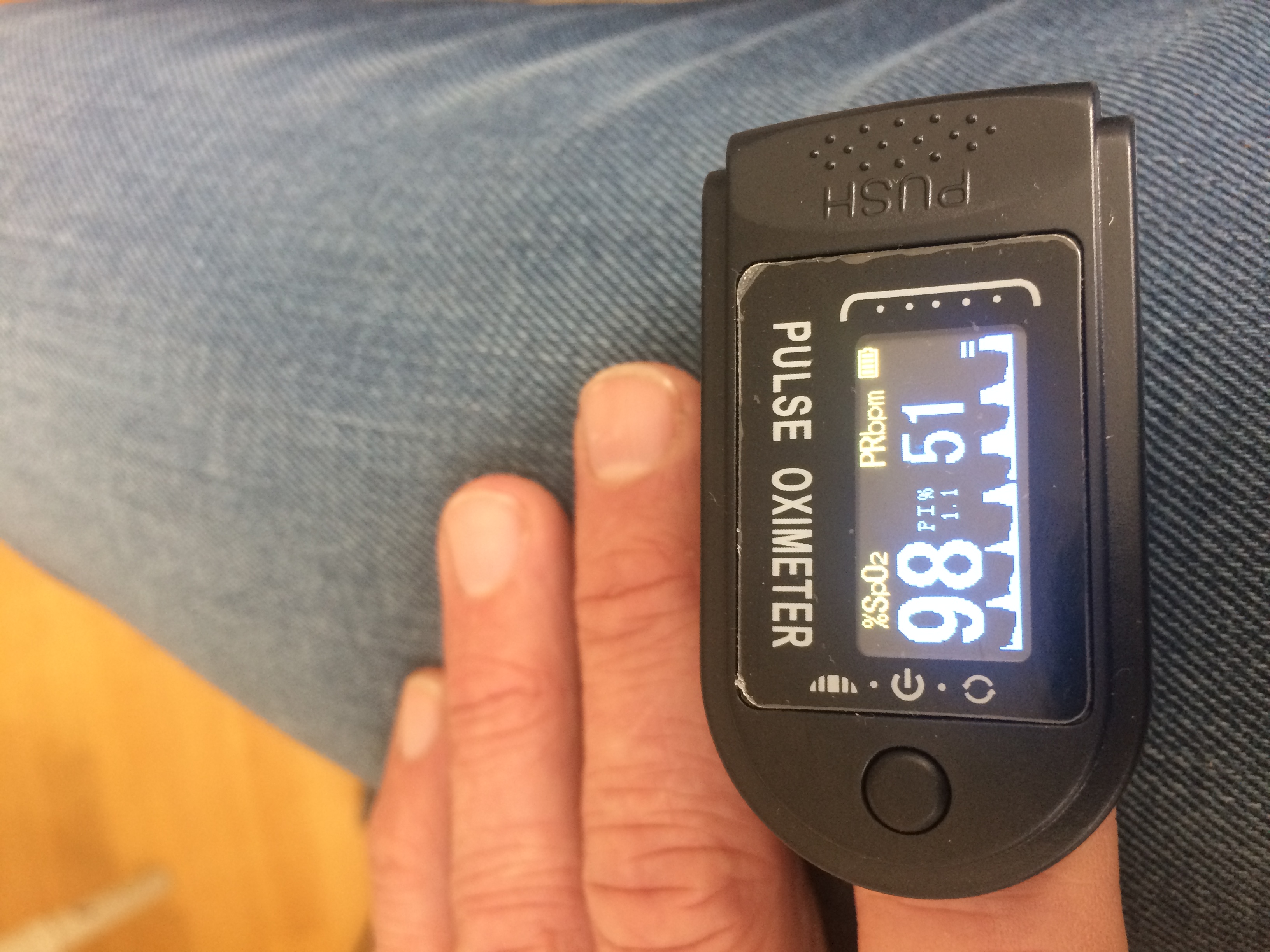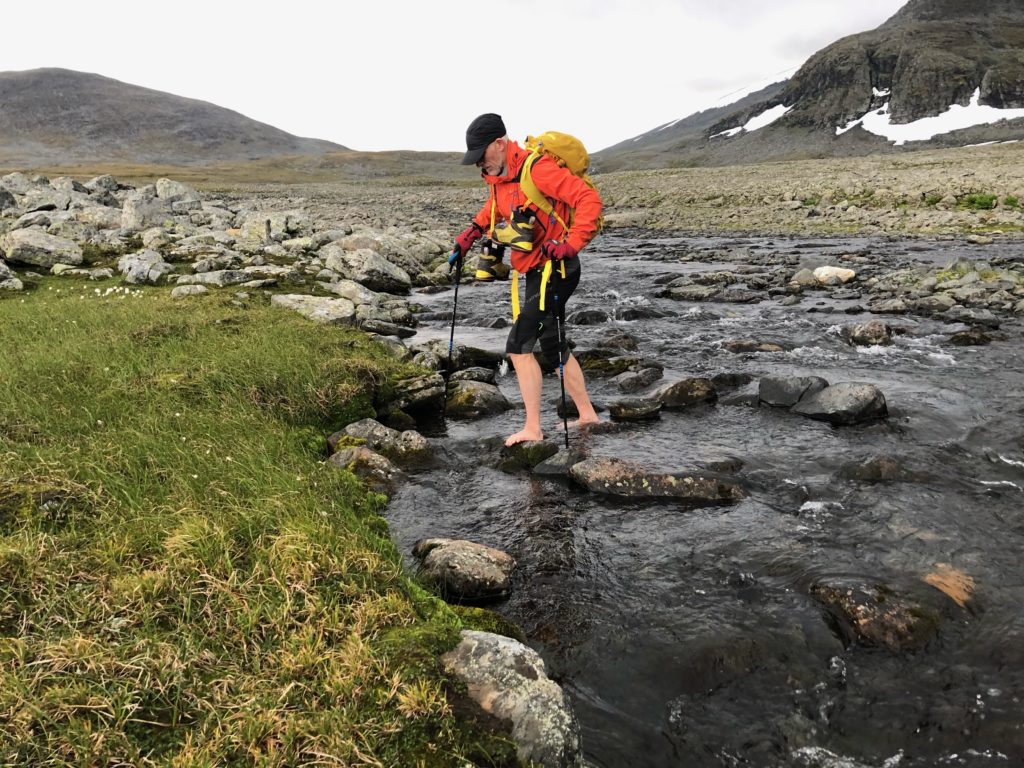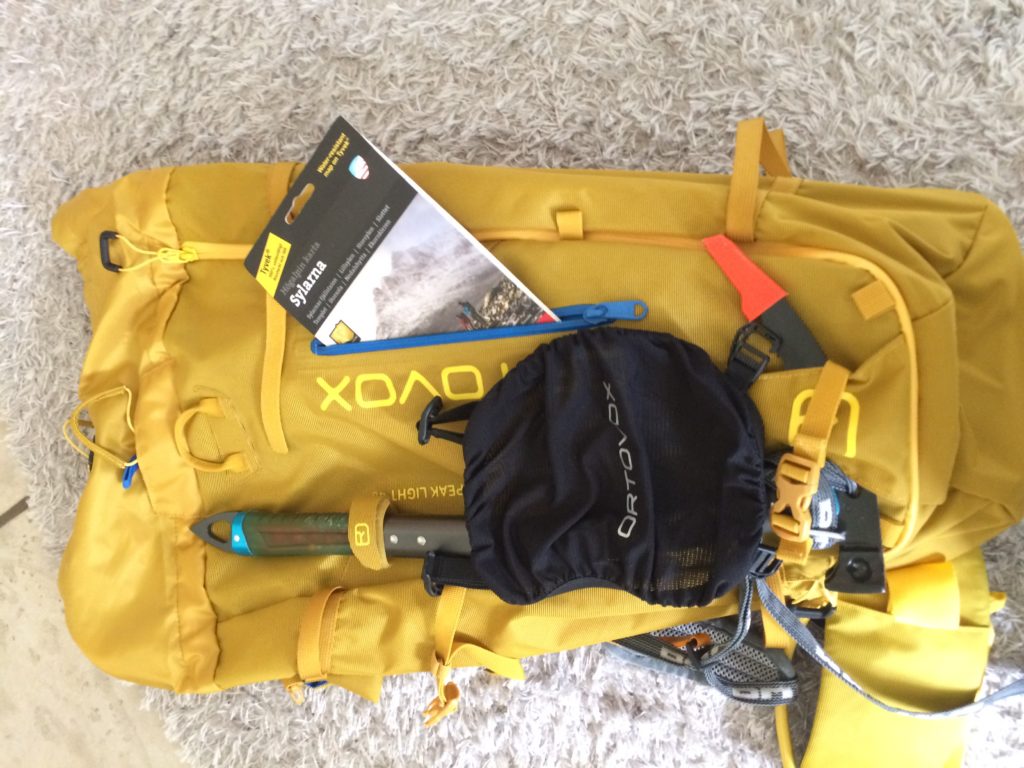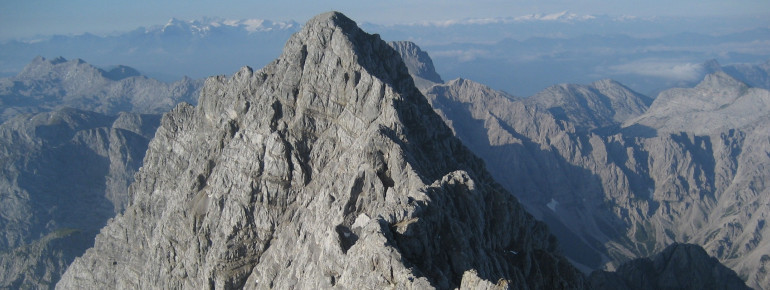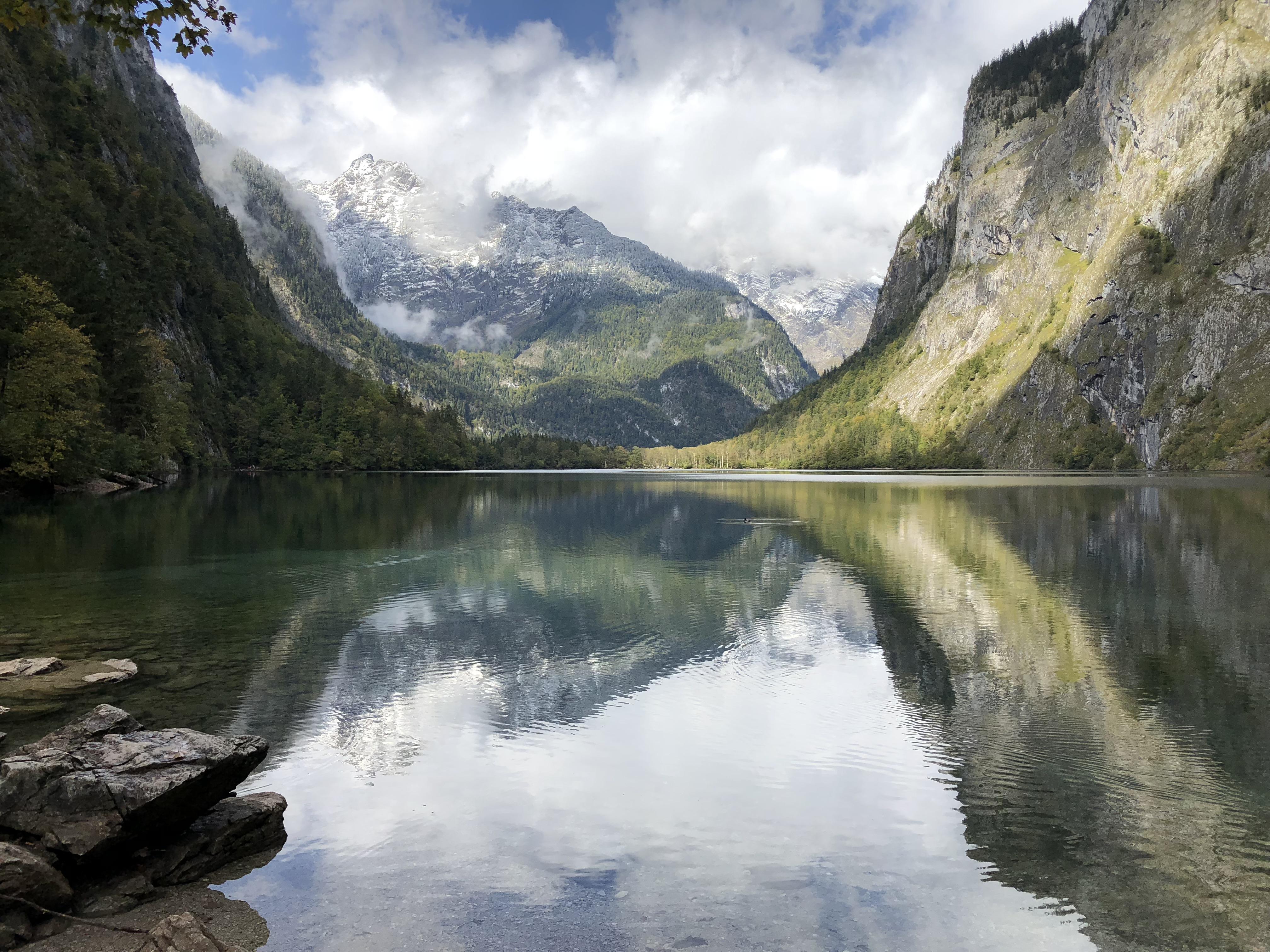It is just one month before the chrismas calender starts, and it is hight time for preparing for the upcoming winter season.  So sharping the steel edges and the ice tools, because soon its time for using them.
So sharping the steel edges and the ice tools, because soon its time for using them.
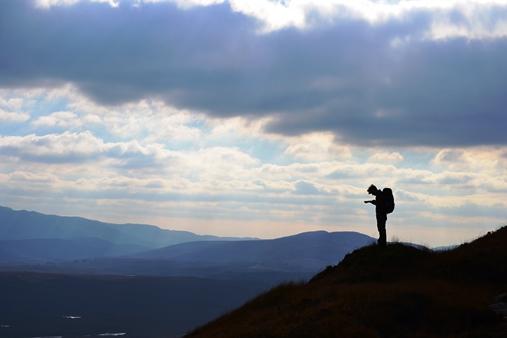 I have alreade wrote about the need of developement and also to fill the knowledge gap. So here you will get a tool for living up to it. Six days in the week you use for developing your skills. So one day for every area and one day for rest.
I have alreade wrote about the need of developement and also to fill the knowledge gap. So here you will get a tool for living up to it. Six days in the week you use for developing your skills. So one day for every area and one day for rest.
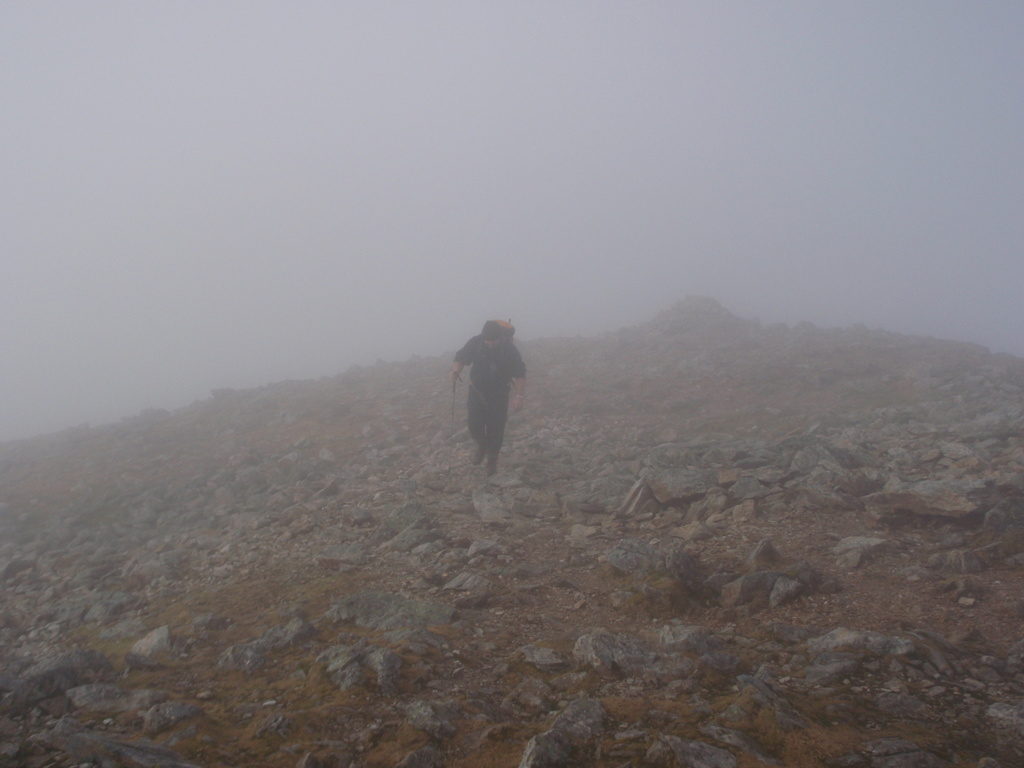
Monday; learn something about weather. Tuesday; this will be the tecnique day. Rope, knots etc. Wednesday; navigation day. Thursday; First aid and medicine. Friday; Culture and history of the mountains. Saturday; Workout, and physical knowledge. So reaad and learn at least one thing of the area every day and you will developement your mountaineering skills. So today I will help you with the monday. Here comes some info about Weather.
Today we start with air pressure. First of all what is air pressure? By definition, atmospheric or air pressure is the force per unit of area exerted on the Earth’s surface by the weight of the air above the surface. The force exerted by an air mass is created by the molecules that make it up and their size, motion, and number present in the air. These factors are important because they determine the temperature and density of the air and, thus, its pressure.
Low pressure.
A low-pressure system, also called a depression, is an area where the atmospheric pressure is lower than that of the area surrounding it. Lows are usually associated with high winds, warm air, and atmospheric lifting. Under these conditions, lows normally produce clouds, precipitation, and other turbulent weather, such as tropical storms and cyclones.
Areas prone to low pressure do not have extreme diurnal (day versus night) nor extreme seasonal temperatures because the clouds present over such areas reflect incoming solar radiation back into the atmosphere. As a result, they cannot warm as much during the day (or in the summer), and at night, they act as a blanket, trapping heat below.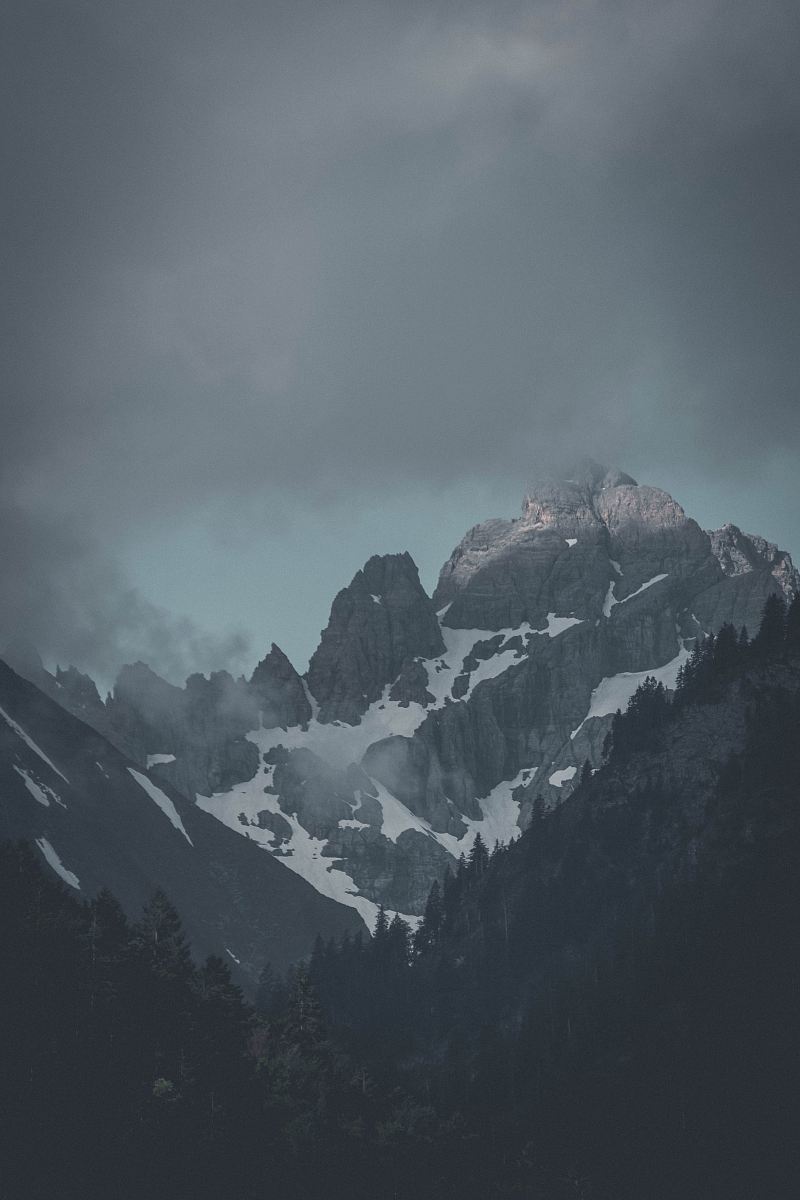
High pressure.
A high-pressure system, sometimes called an anticyclone, is an area where the atmospheric pressure is greater than that of the surrounding area. These systems move clockwise in the Northern Hemisphere and counterclockwise in the Southern Hemisphere due to the Coriolis Effect.
High-pressure areas are normally caused by a phenomenon called subsidence, meaning that as the air in the highs cools, it becomes denser and moves toward the ground. Pressure increases here because more air fills the space left from the low. Subsidence also evaporates most of the atmosphere’s water vapor, so high-pressure systems are usually associated with clear skies and calm weather.
Unlike areas of low pressure, the absence of clouds means that areas prone to high-pressure experience extremes in diurnal and seasonal temperatures since there are no clouds to block incoming solar radiation or trap outgoing longwave radiation at night.
With this knowledge and with stydying the weather for a region for a while before you going there, you will be able to predict the weather. This i a very good knowledge to have for planning your adventure. Here you got one good website to look into for training your competence…https://weatherspark.com/y/50542/Average-Weather-in-Saint-Chamond-France-Year-Round
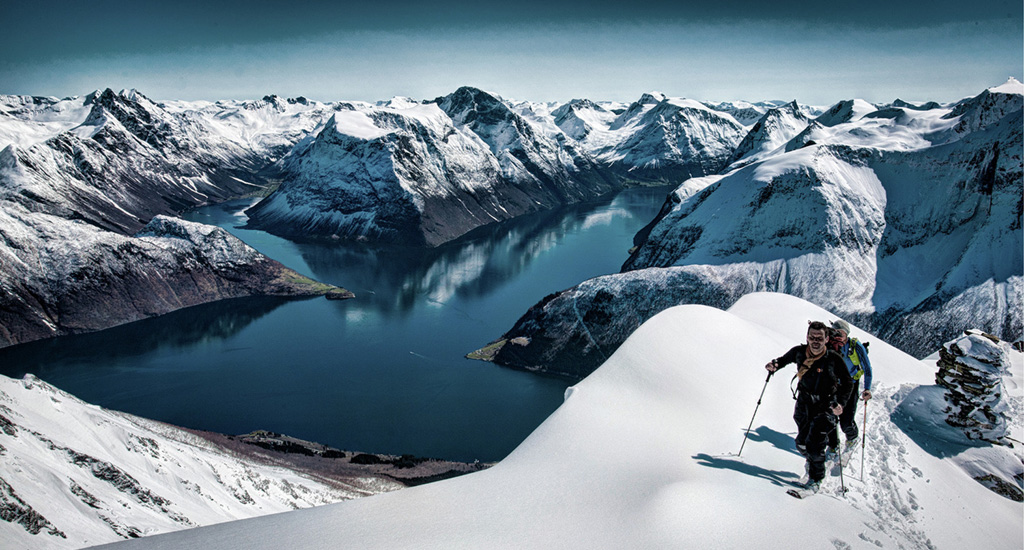 When the corona restiction is over, we can travel to new adventures. I will suggest a tour to Norway and the Summore alps close to Alesund. Here you can ski, rappeling or why not kayaking or hike. This are can offer the whole box.
When the corona restiction is over, we can travel to new adventures. I will suggest a tour to Norway and the Summore alps close to Alesund. Here you can ski, rappeling or why not kayaking or hike. This are can offer the whole box. 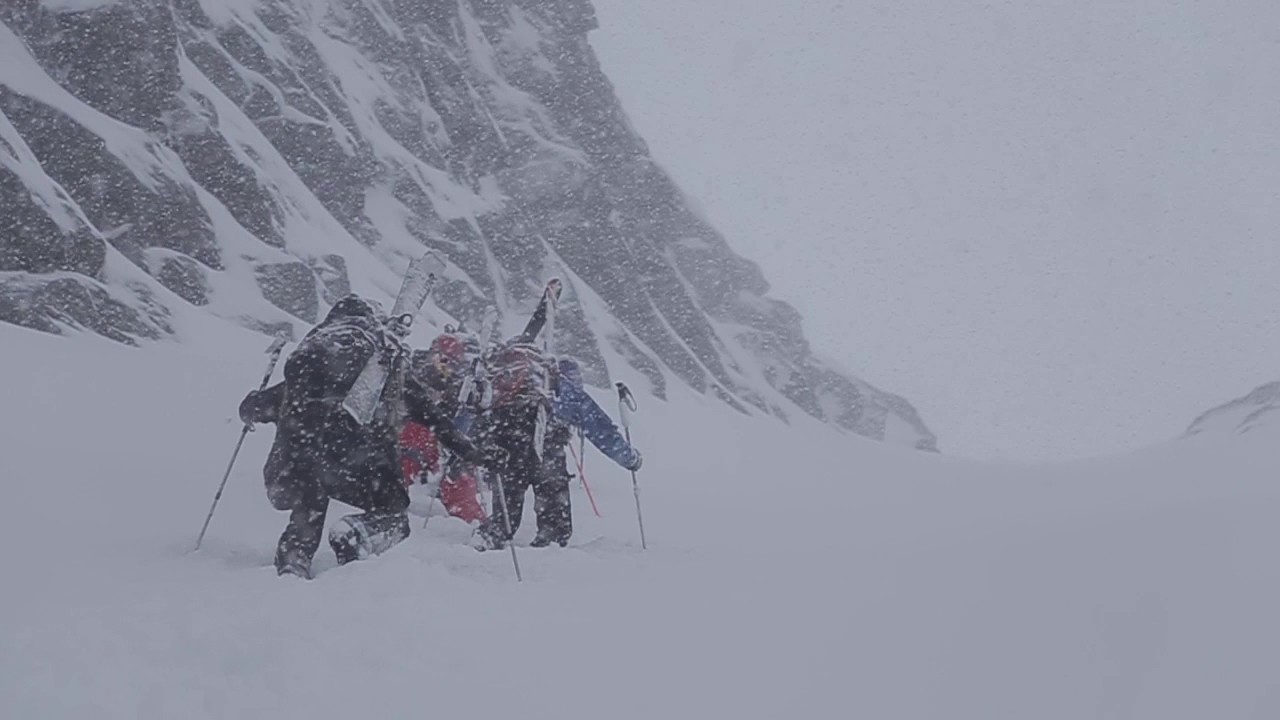
At the end I will recomend a move. Zarbardast might be something you like…
See ya soon…
